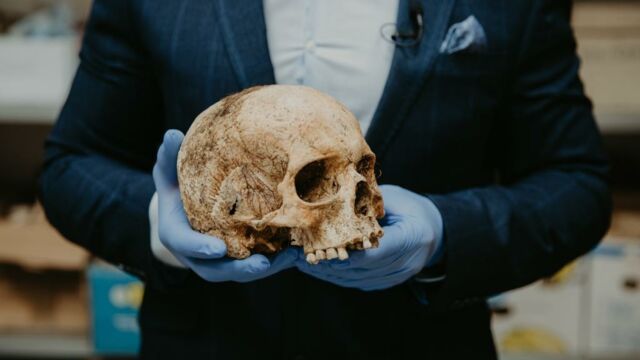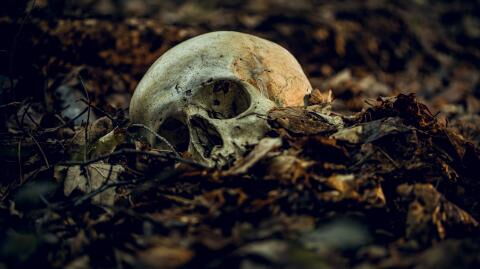Delving deep into history, a recent archaeological find in Poland reminds us of the ancestral fear of vampires and nocturnal creatures that haunted the dreams of Europeans.
Discover our latest podcast
Detailed information on the discovery
In the 17th century, a 'vampire child' was buried in a cemetery. His body laid face down, fettered by a triangular padlock. A fascinating story is told through his bones and the earth around him.
Located in Pień, near Ostromecko, the cemetery where the child was discovered seems to have been reserved for society's 'outcasts'. Those who, for one reason or another, could not rest in peace in Christian cemeteries.
Notably, this cemetery also revealed another secret the previous year. A female 'vampire', also fettered by a padlock, was unearthed not far from the child.
Dariusz Poliński, the archaeology professor heading up the dig, confirms the proximity of the two tombs, 'located just two meters apart'. He then goes on to describe the atmosphere at the time:
Sudden death was often considered something people should be afraid of.
Read more:Ancient skeleton with amputated leg may well challenge the history of medicine
The use of triangular padlocks
This type of padlock had a clear purpose: to prevent the deceased from rising again and haunting the living. By tying the feet firmly with this padlock, the villagers hoped to put an end to any risk of resurrection. Who were these 'vampires'?
It would seem that those buried in this cemetery were unusual individuals, those who behaved strangely or suffered from unexplained illnesses. Some found their final resting place here after a sudden and mysterious death.
The discovery site is rich in history. In addition to the child and the woman, around 100 graves have been discovered on this site. These include a pregnant woman and her six-month-old foetus.
Read more:Existence of mysterious Loch Ness monster 'plausible' after archeological discovery
Historical background to 'vampiric' burials
According to Matteo Borrini, an expert in forensic anthropology, 'vampiric' burials are an ancient tradition dating back to the 14th century in Christian Europe. These burials were often the consequence of mass deaths, the result of pandemics or large-scale poisoning.
This archaeological discovery in Poland offers us a window onto the beliefs and fears of a bygone era. The remains of the past remind us that mankind has always sought to understand and master what was feared, even through death.
Read more:
This article has been translated from Gentside FR.
Sources used:
Youtube















